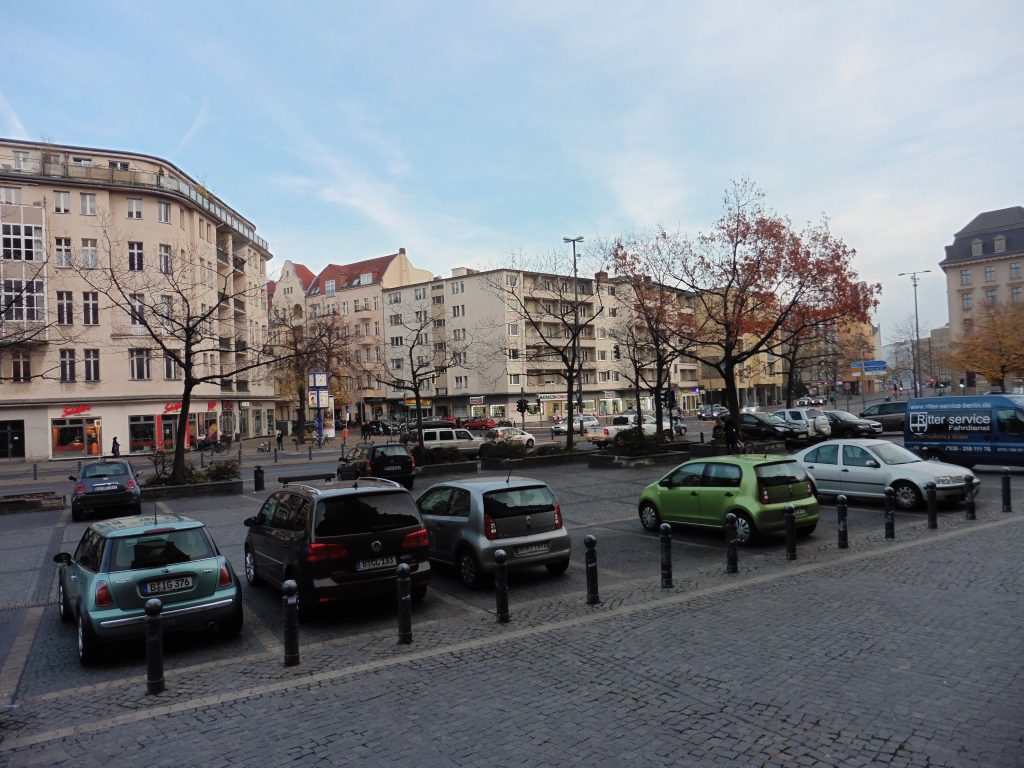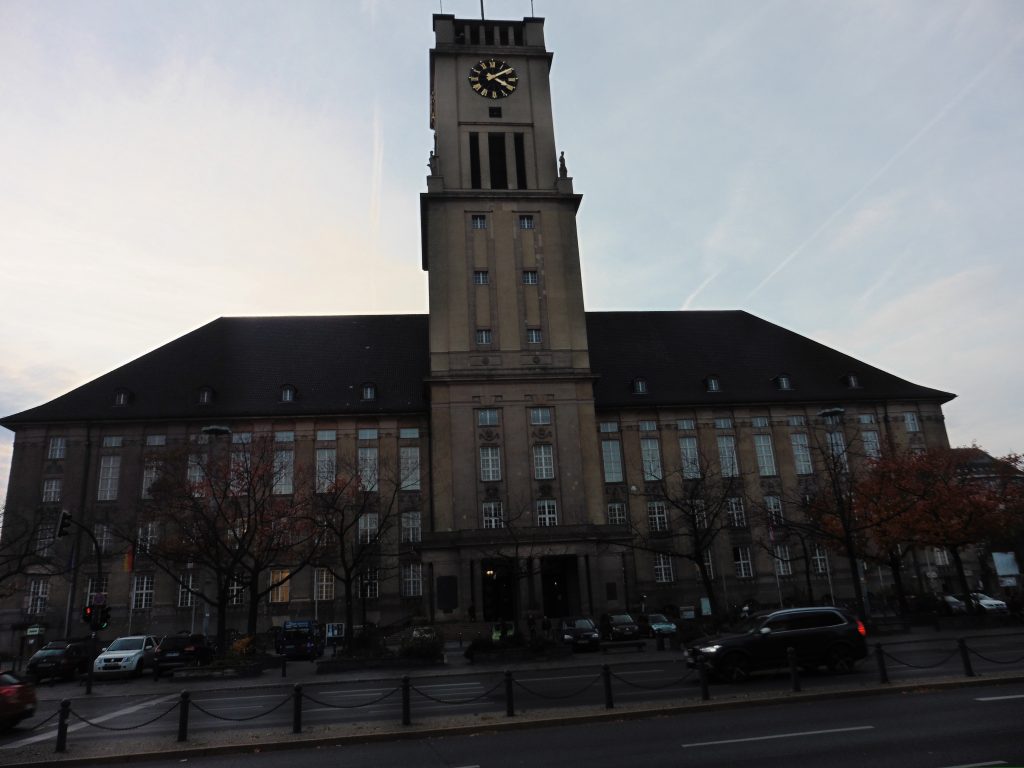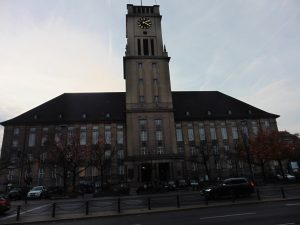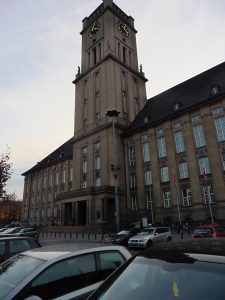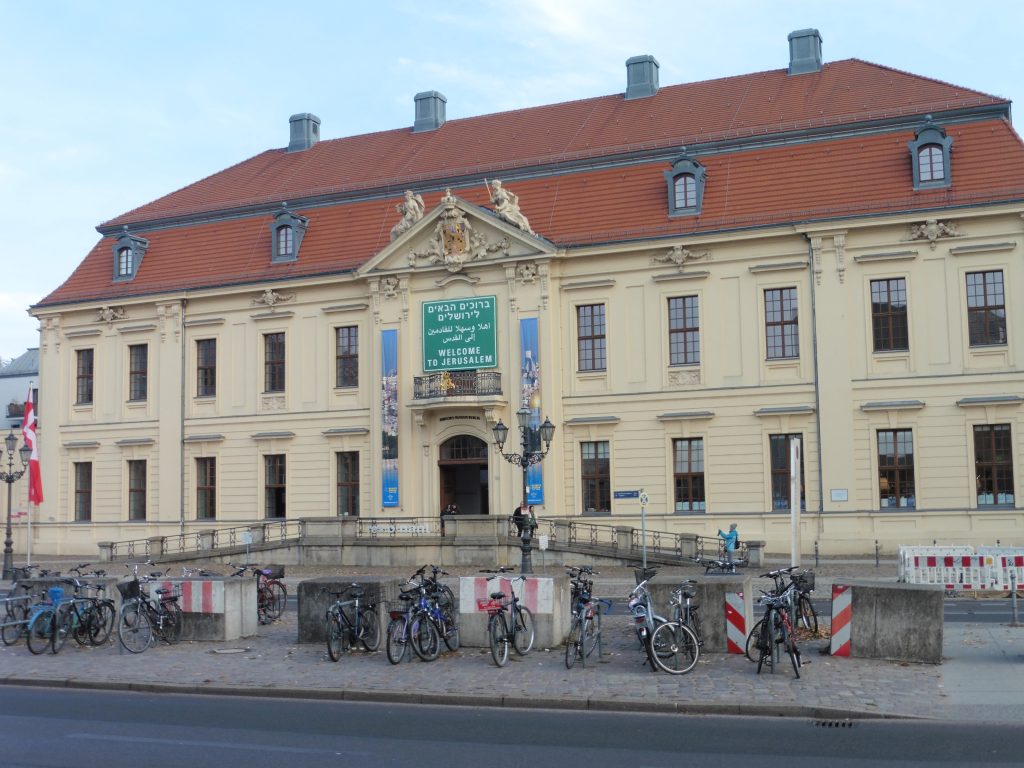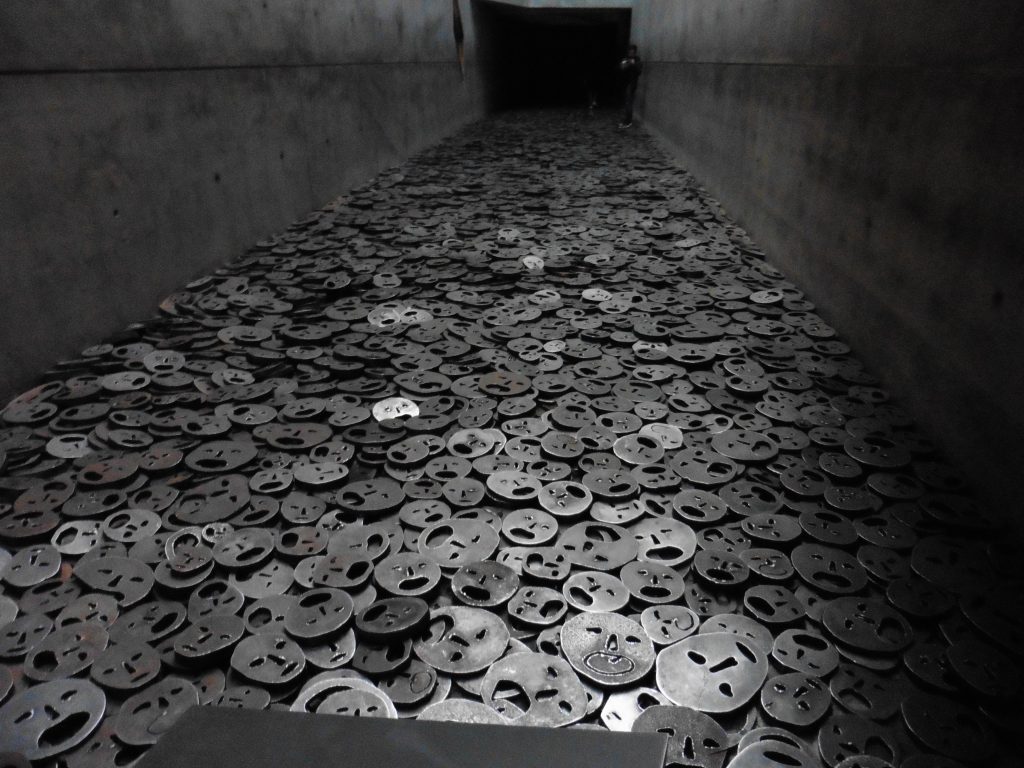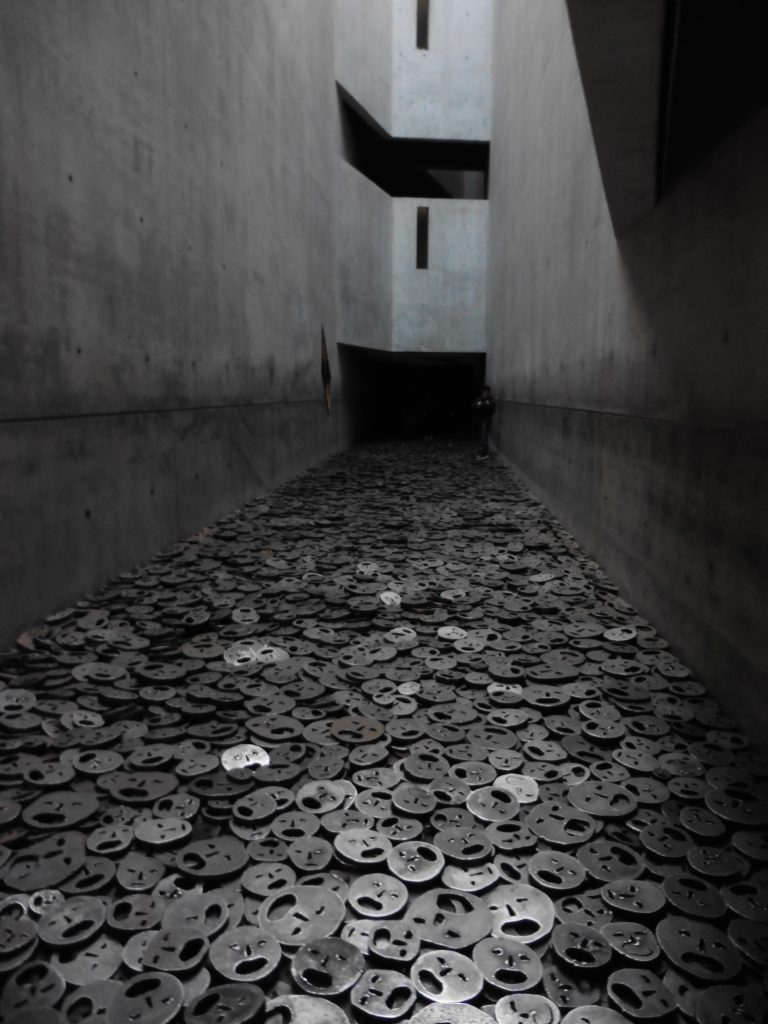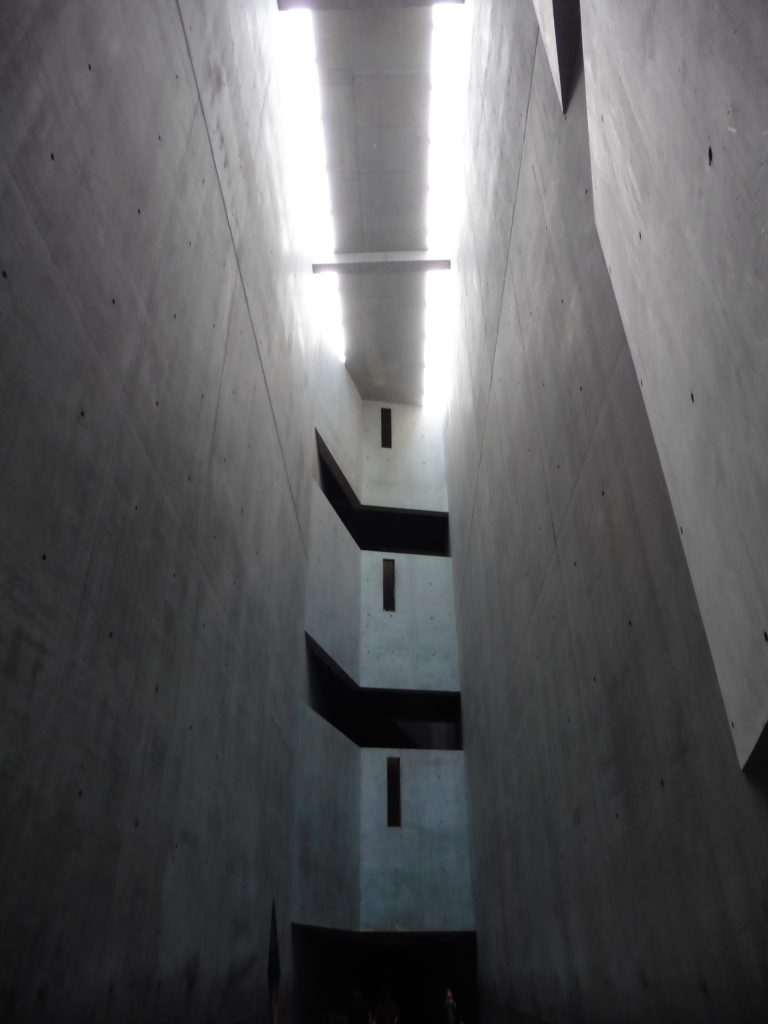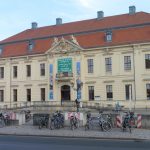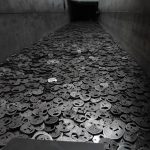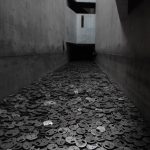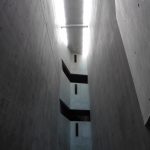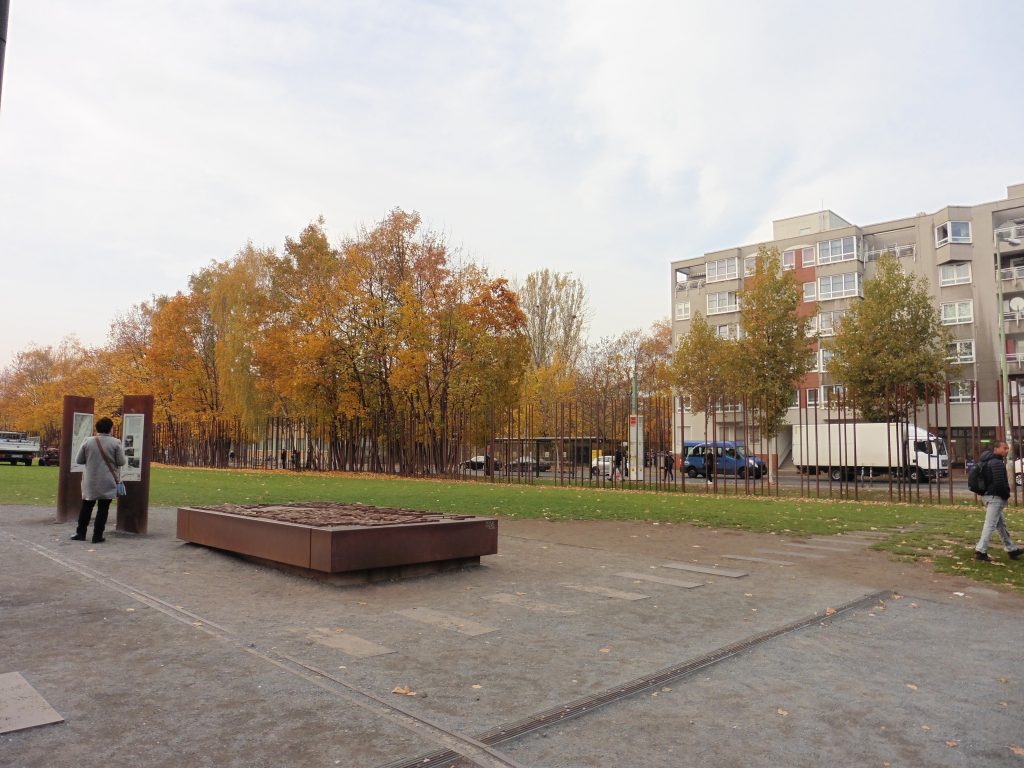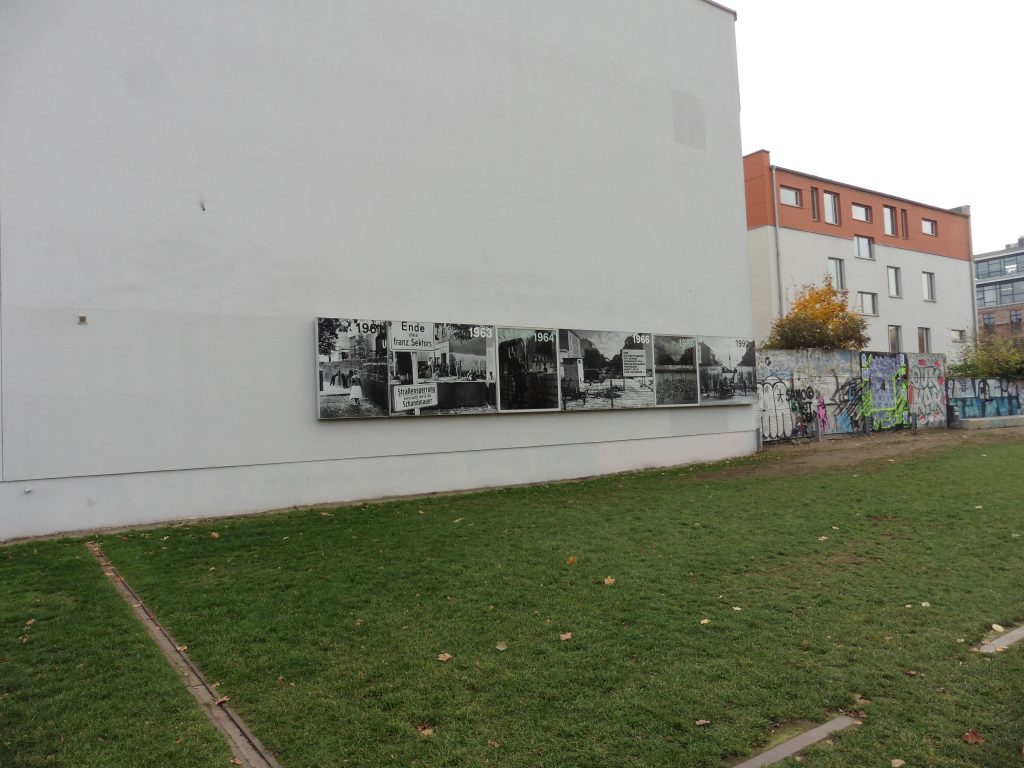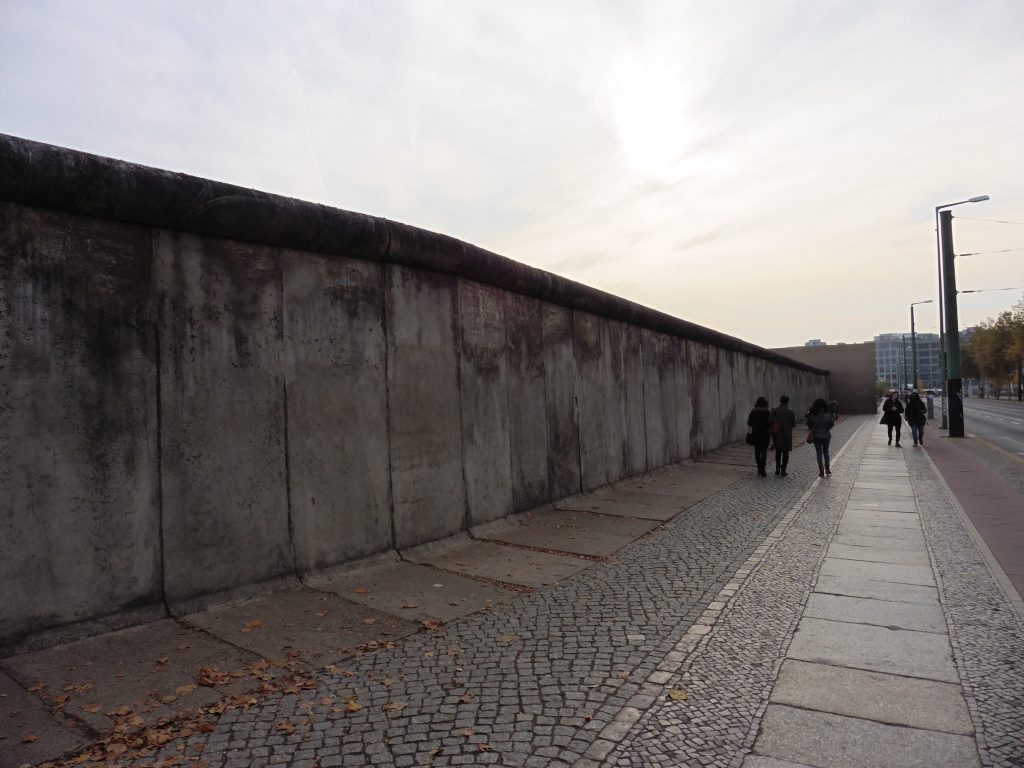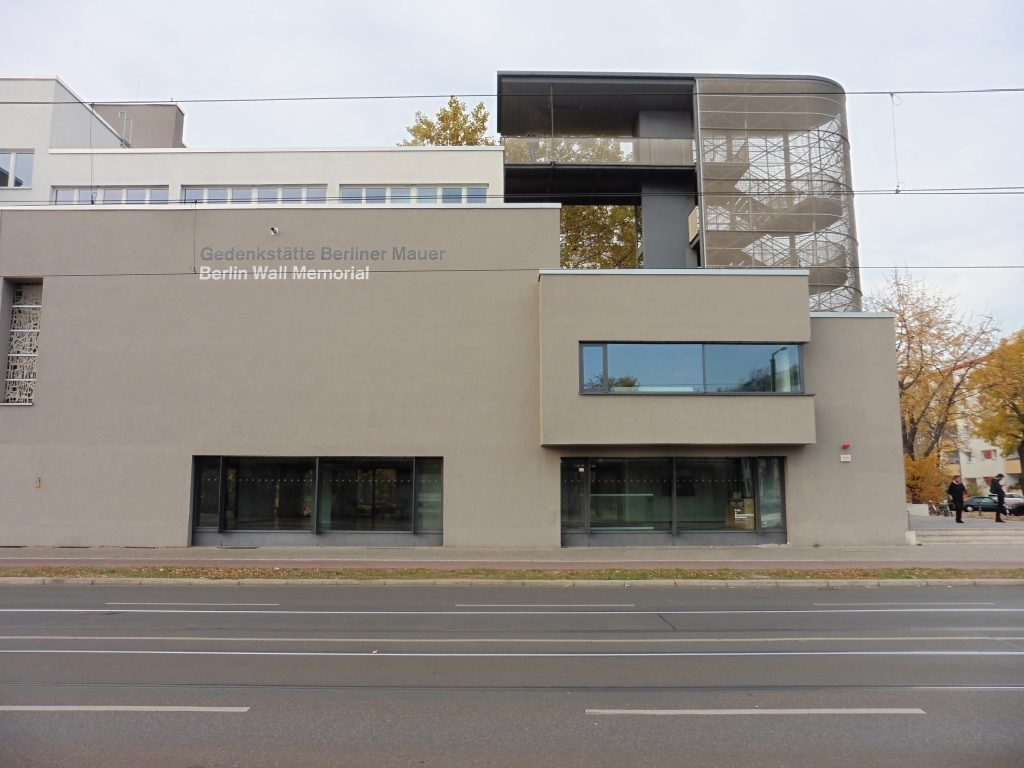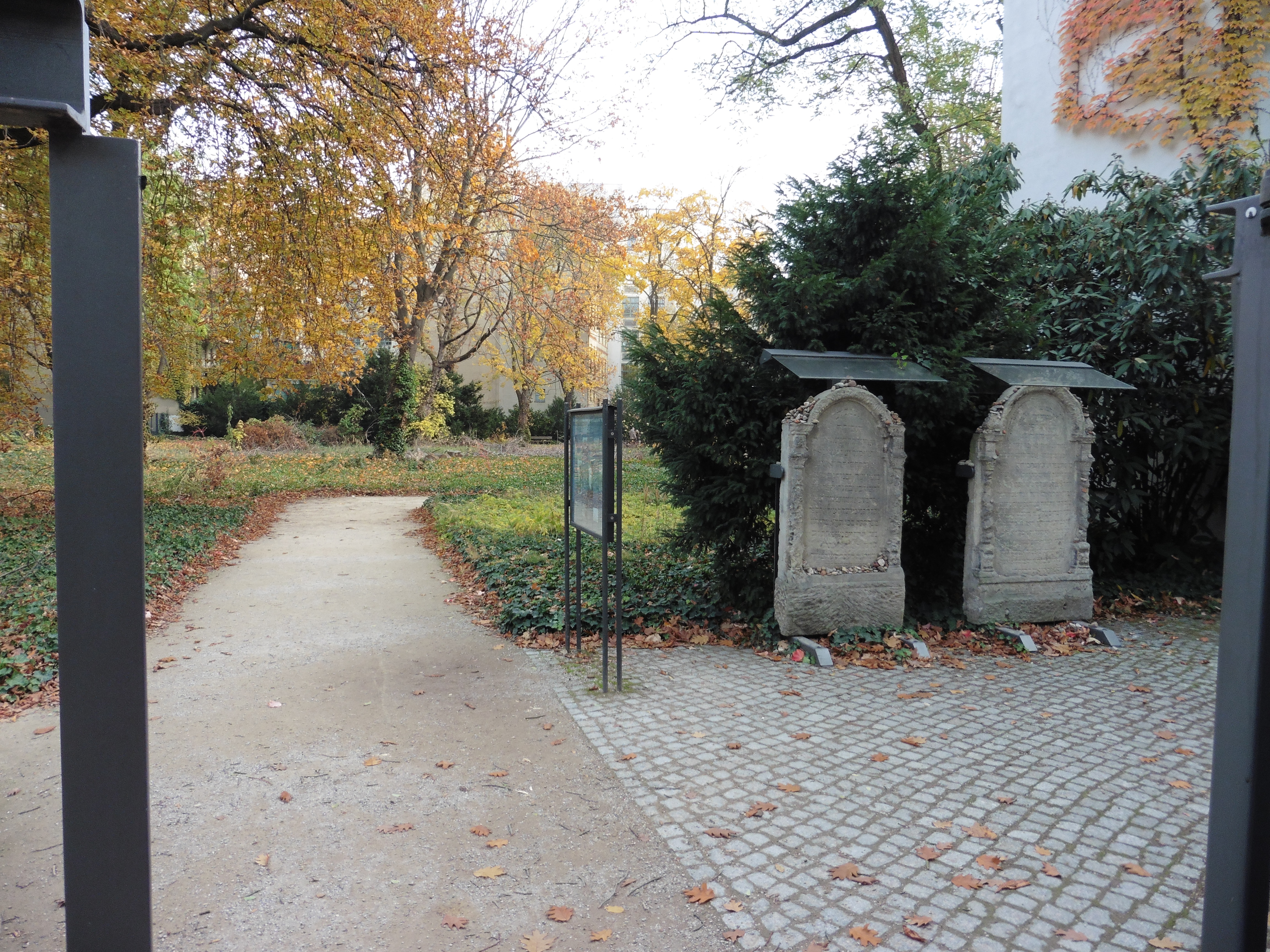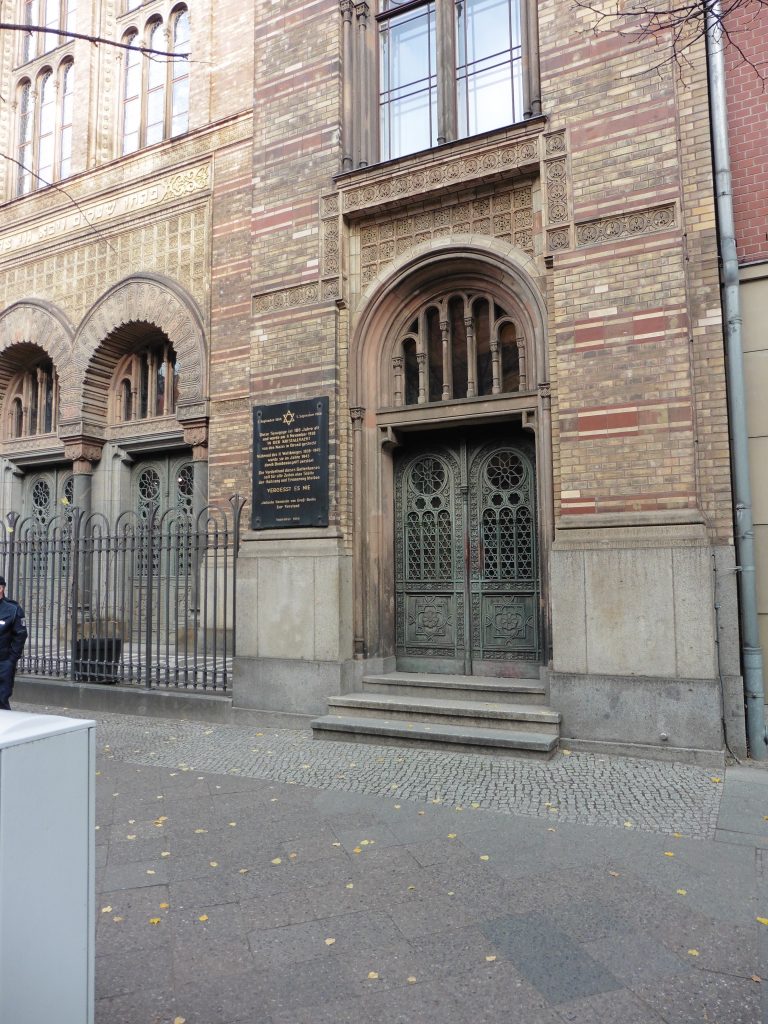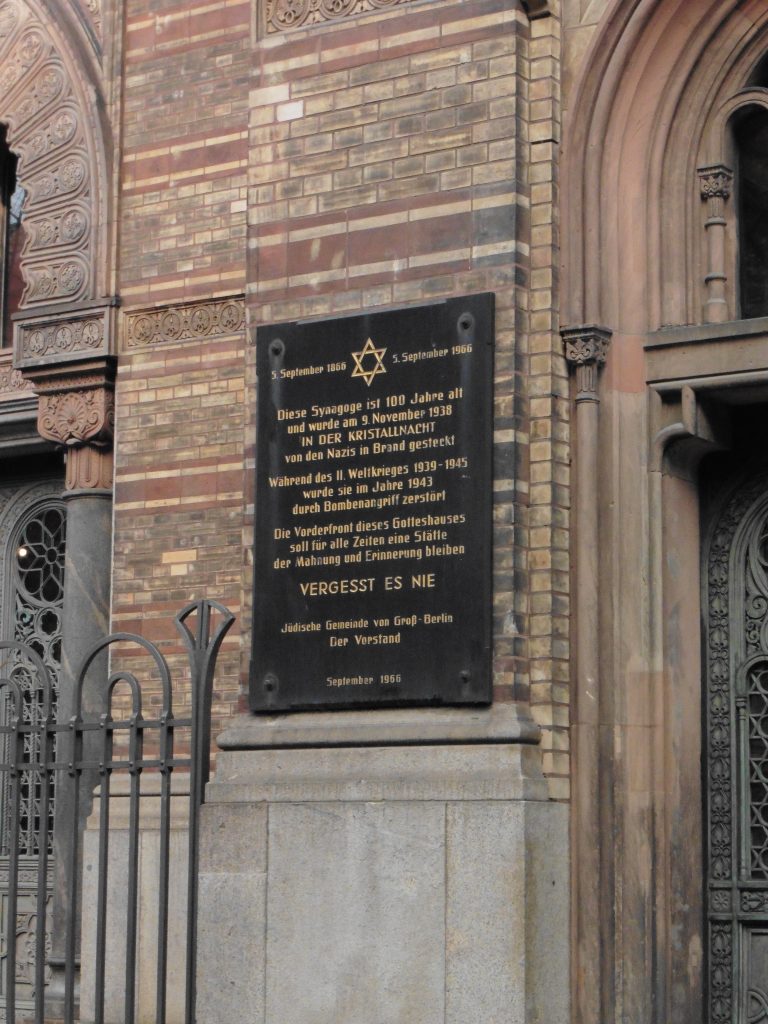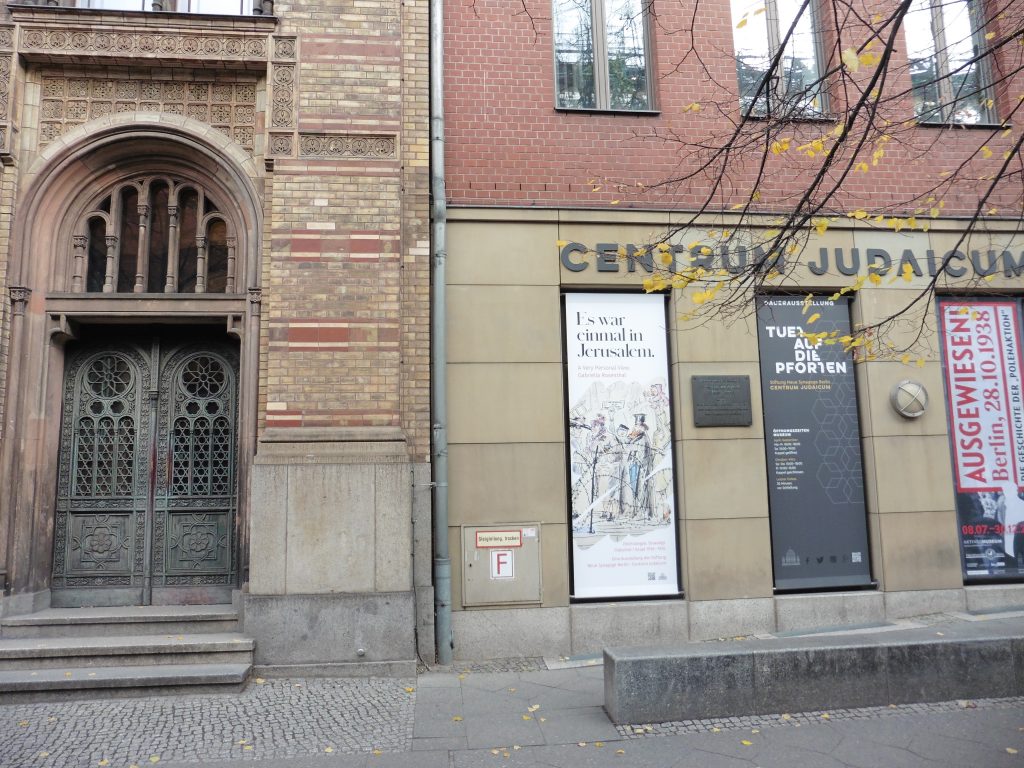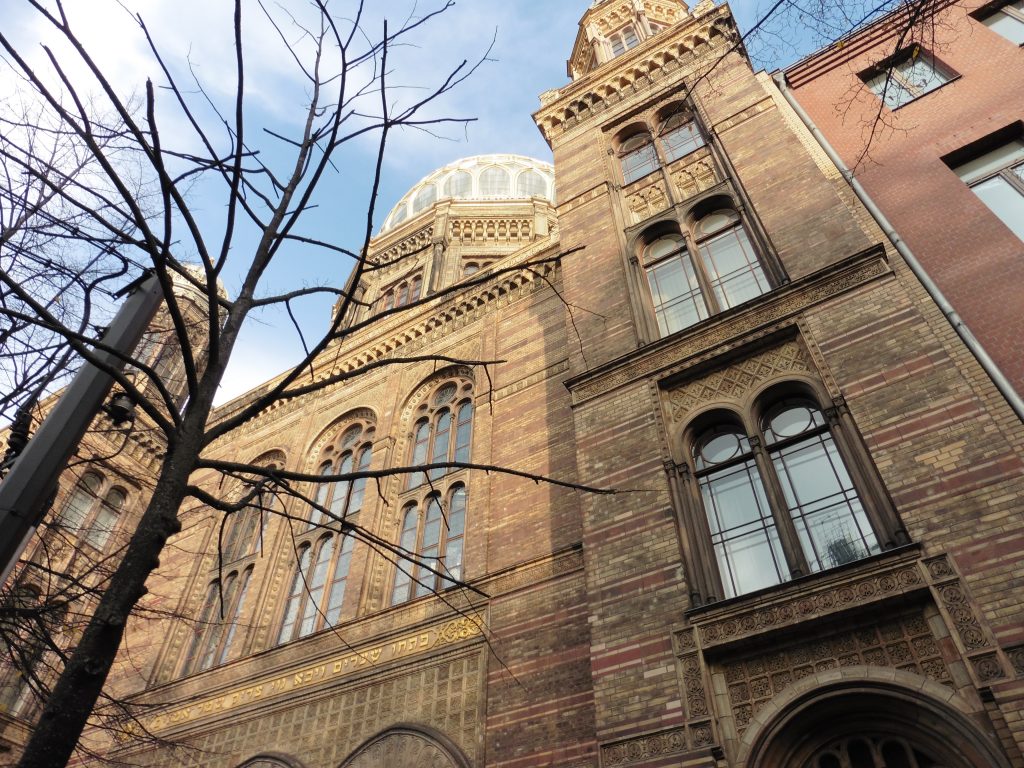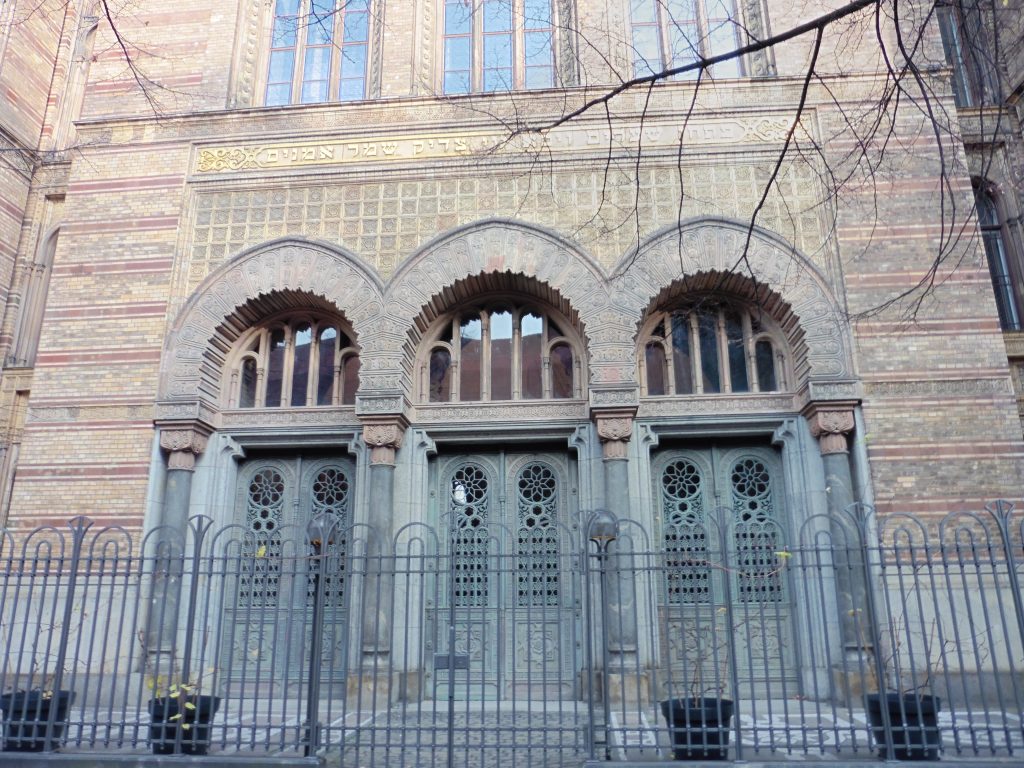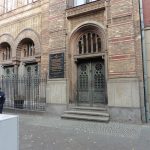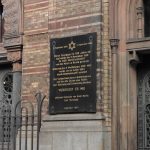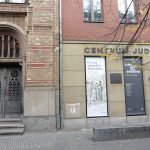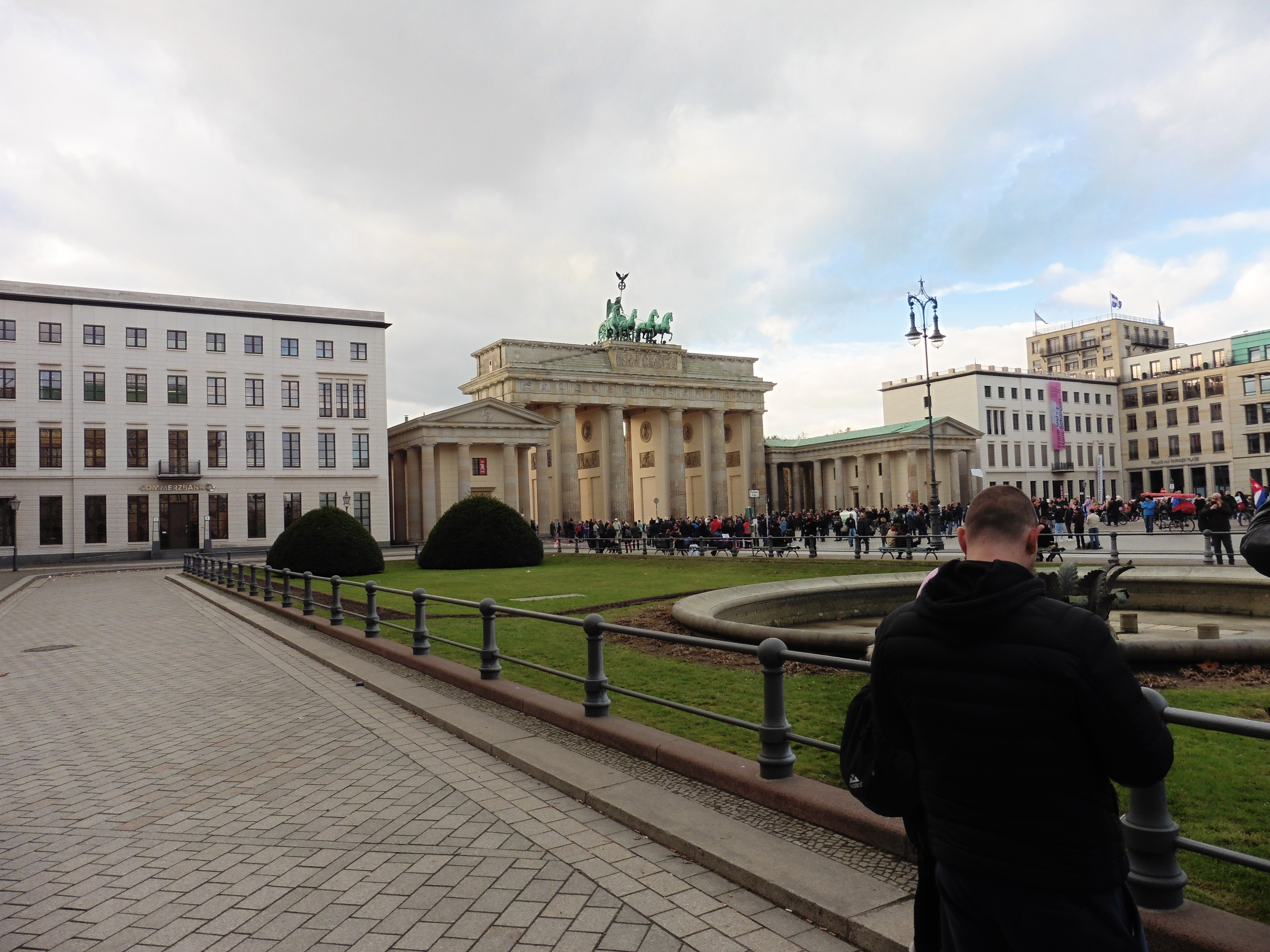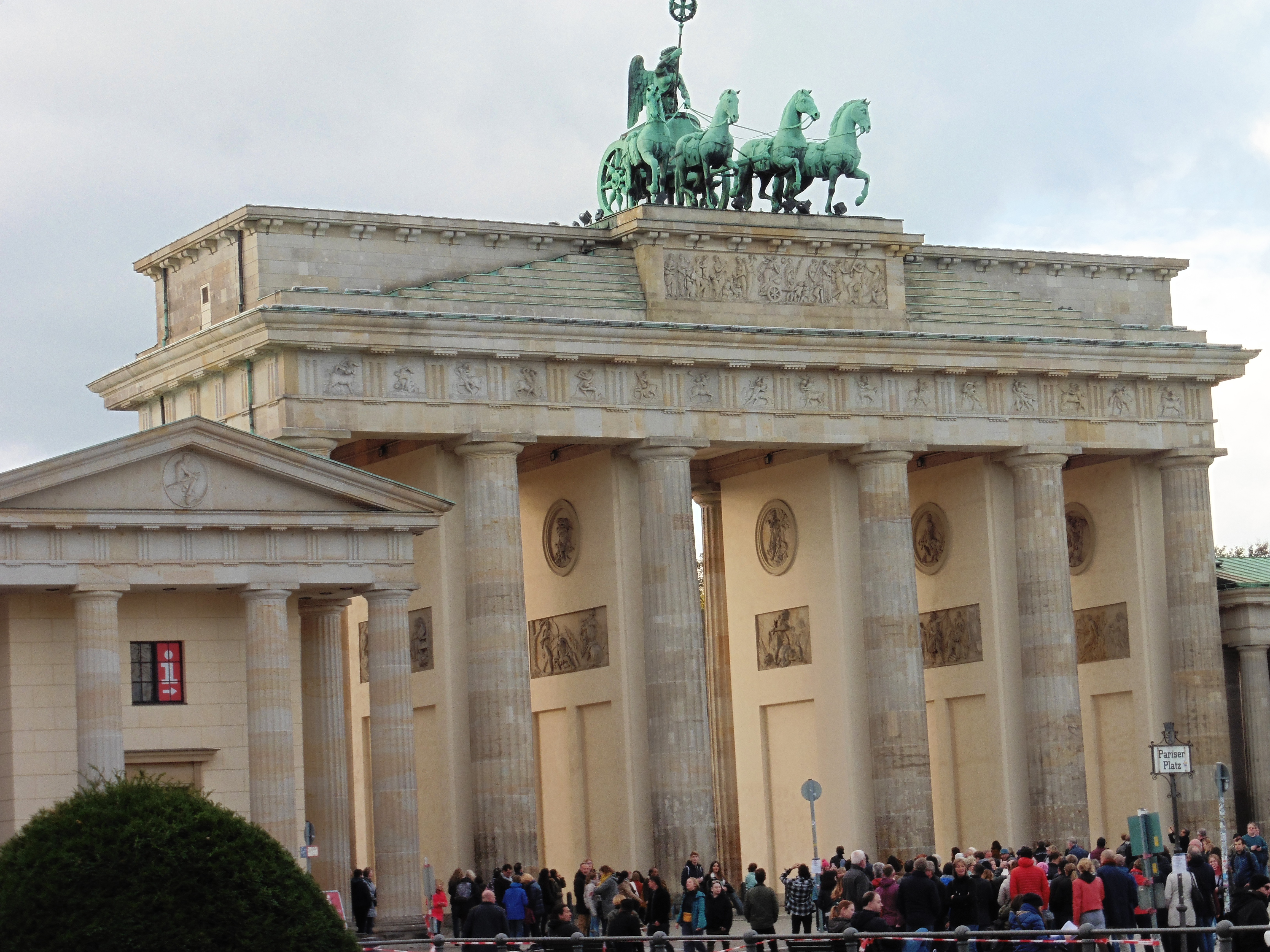Country: 🇩🇪 Germany
MapStanding where JFK did not announce he was a jelly donut.
The current Jewish Museum Berlin (Jüdisches Museum Berlin) was opened in 2001 and is the largest Jewish museum in Europe. It consists of three buildings, two of which are new additions specifically built for the museum by architect Daniel Libeskind. German-Jewish history is documented in the collections, the library and the archive, and is reflected in the museum’s program of events. The museum is one of Germany’s most frequented museums (more than 10.8 million visitors between 2001 and 2016)
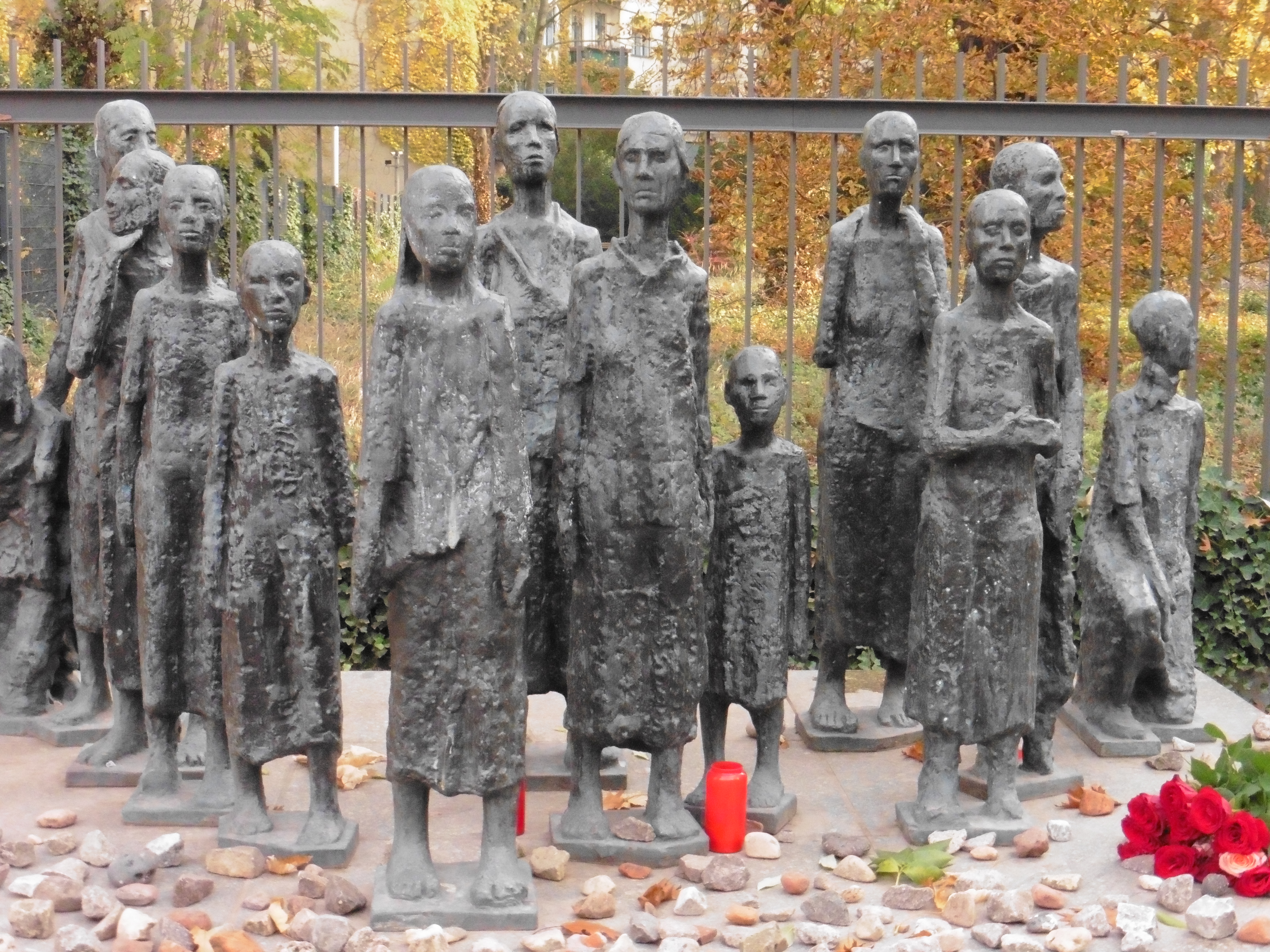 A cemetery where most of the markers have been destroyed.
A cemetery where most of the markers have been destroyed.
The site in Hamburger Straße was once the resting place of many famous members of Berlin’s Jewish community. It is now the oldest recognizable cemetery in the inner city.
The most famous grave is probably that of the German philosopher Moses Mendelssohn, who was buried here in 1786. Other famous figures buried here include David Hirschel Fraenkel, Mendelsohn’s famous rabbi and teacher, Veitel Heine Ephraim, the court Jew of Frederick the Great who built the magnificent Ephraim Palace, Marcus Herz, the director of the Jewish hospital, and Jacob Herz Beer, the father of the composer and director Giacomo Meyerbeer.
The Neue Synagoge (“New Synagogue”) was built 1859–1866 as the main synagogue of the Berlin Jewish community. One of the few synagogues to survive Kristallnacht, it was badly damaged prior to and during World War II and subsequently much was demolished; the present building on the site is a reconstruction of the ruined street frontage with its entrance, dome and towers, and only a few rooms behind. It is truncated before the point where the main hall of the synagogue began.
In 1958 the Jewish Community of East Berlin demolished the ruined rear sections of the building, including the soot-blackened ruin of the main prayer hall, leaving only the less-destroyed front section. It was not until the collapse of the Berlin Wall in 1989 that reconstruction of the front section began. From 1988 to 1993, the structurally intact parts of the building close to the street, including the façade, the dome, and some rooms behind were restored as the “Centrum Judaicum” (“Jewish Center”); the main sanctuary was not restored. In May 1995, a small synagogue congregation was reestablished using the former women’s wardrobe room.


